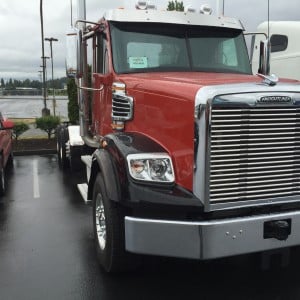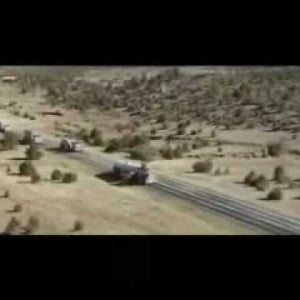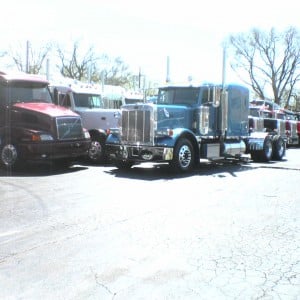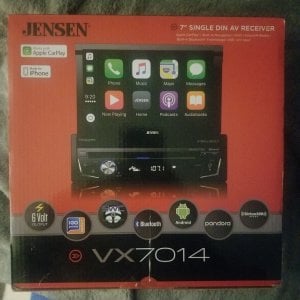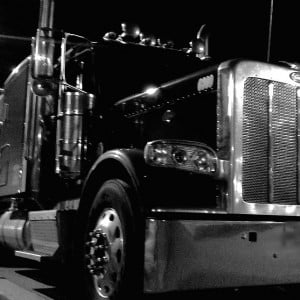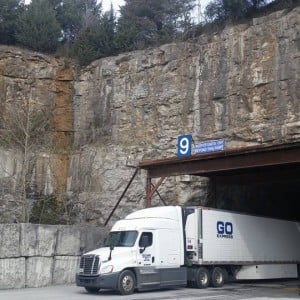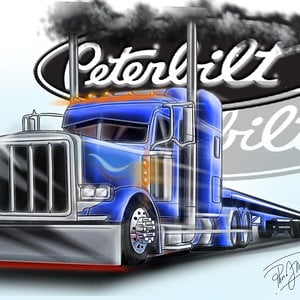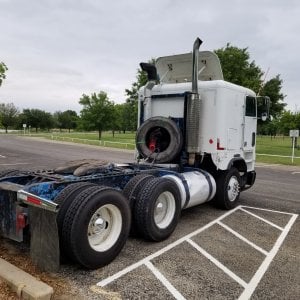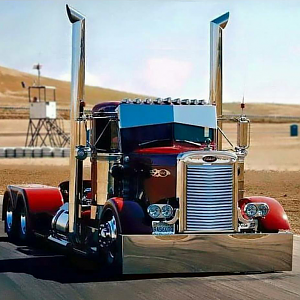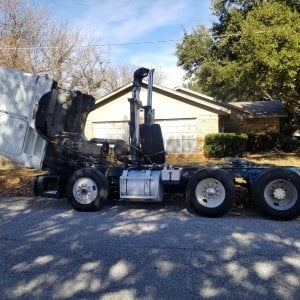saddlesore
Well-Known Member
4 gears for every 1 gear in the main box. He started out in 2nd under .. that is 2nd gear in the main box and 2nd (or under) in the aux, shifted to direct (3rd) in the aux, then over (4th) in the aux.... then went to 3rd in the main box & under (2nd) in the aux..
The reason you don't use 1st (deep under) in the aux is that it's ratio overlaps . ie: 2nd over is the same ratio as 3rd deep under
You are splitting the main box 3 or 4 times before you shift the main box to the next gear.. confuzed???
Now the stupid 10 is basically a 5 speed main with a 2 speed aux, you are splitting every gear.
The reason you don't use 1st (deep under) in the aux is that it's ratio overlaps . ie: 2nd over is the same ratio as 3rd deep under
You are splitting the main box 3 or 4 times before you shift the main box to the next gear.. confuzed???
Now the stupid 10 is basically a 5 speed main with a 2 speed aux, you are splitting every gear.

